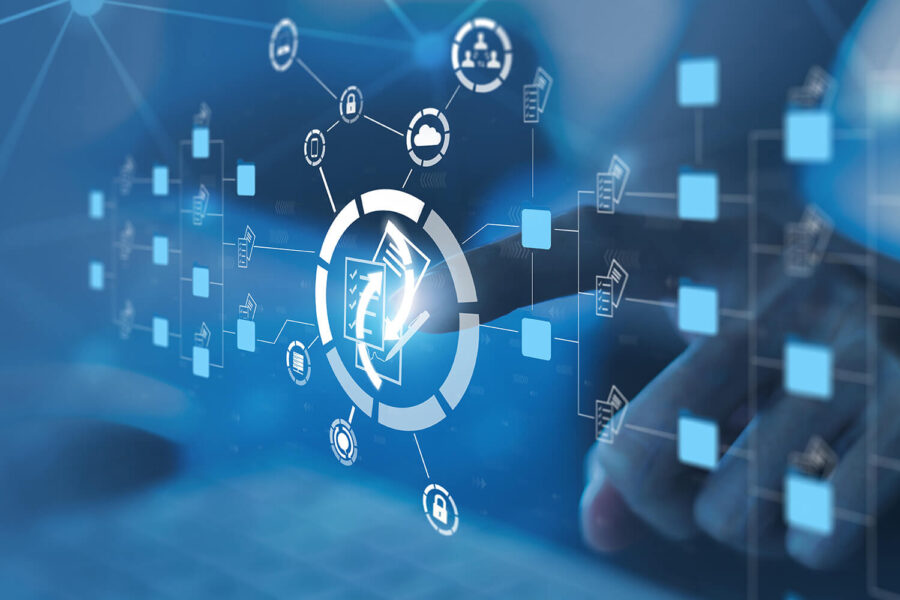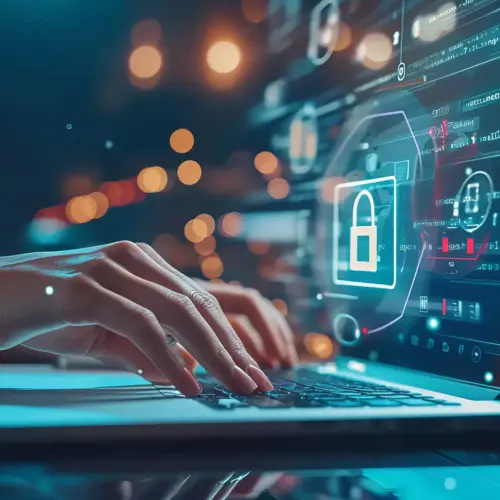Multiple trends are contributing to the rise in the number of software assets that enterprises use. Many companies have adopted software-defined networking models, trading hardware for software to improve control and reliability of networks. IT teams now leverage open-source tools, including automation, to execute monitoring, management, and upgrade tasks. Business units commission their own cloud tools, such as Software as a Service applications, to streamline work. And developers use cloud-native tools to develop applications. All of this adds up to a fast-growing software environment that enterprise teams need to track and manage. A recent survey found that organizations with 500 to 2,000 users leverage an average of 1,558 different cloud applications each month. Larger companies obviously use even more. It’s not surprising, then, that in 2023 companies will spend 28% of their IT budgets on software.
Only 5.5% of IT leaders have complete visibility into the software licenses their employees use.
Software asset management (SAM) is the discipline of purchasing, deploying, maintaining, using, and sunsetting or eliminating software solutions with a goal of decreasing risk and improving ROI. IT teams leverage a variety of tools to gain valuable data, insights, and reporting they can use to optimize licensing: reducing software waste, decreasing costs, focusing negotiations with providers, and easily resolving any disputes that occur. Companies that excel at SAM can save up to 25 percent of their annual software budget, gaining savings they can put towards other initiatives, such as innovation programs.
Nearly half (49.96%) of all software goes unused by employees, representing wasted investment.
Leading IT asset management solutions with software licensing management capabilities provide agent-based and agentless discovery of all software and license tracking and optimization capabilities. They compare current usage to license counts, detect prohibited software, track license agreements, and expiration dates, identify purchased versus installed software, and provide customizable alerts. IT teams use reporting and alerts to optimize processes over time.
Blog Highlights
This blog is for IT professionals charged with managing software assets. It recommends using SAM tools and processes to improve asset visibility and tracking, reduce risks, and decrease costs.
Benefits of Improving Software Asset Management
Strengthening SAM provides enterprises with a wide array of business benefits. They include:
- Automate compliance processes: ITAM solutions move manual processes online. Instead of capturing asset data manually in spreadsheets, where it becomes quickly out-of-date, IT teams simply schedule an auto-discovery session. ITAM tools can rapidly update software inventory with all key information, including software manufacturers, solution names, number of licenses purchased, renewal dates, contract data, and owner information.
- Reduce licensing risks: By proactively managing software licenses with ITAM tools, IT teams help their companies avoid issues such as running un-licensed or expired software, which can lead to audit findings and fines.
- Decreasing security risks: Software can increase security risks if it’s buggy, out-of-support, or hasn’t been patched for Common Vulnerabilities and Exposures. Using an ITAM tool enables IT teams to drive rapidly to insight about which solutions lack the latest patches or updates, so that they can prioritize them in a risk-based manner.
- Ensure full value for spend: Teams can use analytics to develop budgets and forecast future changes. They also can identify unused software or redundant solutions, eliminating unneeded tools and consolidating them wherever possible. When employees leave or transfer jobs, companies can reharvest licenses, transferring software to new individuals. All of these efforts decrease software waste, while ensuring employees have access to the solutions they truly require to do their work.
- Lower licensing costs: SAM teams can leverage insights to negotiate concessions as volume discounts, early payment discounts, and more. In addition, they can use ITAM reporting to navigate disputes, providing data on actual license counts to avoid paying unwanted costs or fines.
- Improve lifecycle processes: With strong SAM processes, teams understand which solutions their company needs, how they are used across businesses, and which solutions represent the least risk. They can use this data to plan future purchases or migrations between tools.
Case Study: Learn from a SAM Leader
A leading U.S. hospital system uses Device42, a leading ITAM solution that automates the discovery of all software, hardware, and virtualized assets using both agentless and agent-based processes. Microsoft questioned the hospital’s Microsoft server numbers and operating systems, seeking to significantly increase licensing costs. The hospital IT team used Device42 to identify the total Windows Server count, operating system version, non-production instances, and other key attributes.
Being able to accurately count licenses and provide trustworthy data that Microsoft accepted, saved the hospital system hundreds of thousands of dollars. In addition, the IT team confirmed how many Windows Servers and Cores were allocated to each hypervisor host, identifying opportunities to virtualize technology, further reducing costs.
How to Succeed with Software Asset Management
To reap business benefits, enterprises need to treat SAM as a true discipline they’re committed to continuously improving. Here are some best practices to reap exceptional results.
- Establish the SAM team: While IT is charged with managing software assets, other teams are also involved with SAM processes. This group includes finance, which helps set the overall IT budget; procurement, which researches solutions, negotiates with vendors; and obtains the software; legal, which reviews contracts; and HR, which equips workers with tools. Additionally, enterprises may want to include IT service management leaders, who can provide feedback on which solutions are driving the most incidents; and security experts, who can advise on which solutions have the most Common Vulnerabilities and Exposures. Together, this group can consider the full set of issues involved with optimizing SAM processes.
- Create a SAM vision: The SAM team can create a vision that guides its work, such as deploying best-in-class solutions that enable business operations and innovation, reduce security risks, and deliver cost savings back to the budget year-over-year. Having a shared vision will help the team focus on the right goals.
- Developing and documenting processes: The SAM team should create and document processes, such as how often they’ll auto-discover assets, how they’ll follow up on alerts and escalate processes, and how often they’ll review licensing agreements. In addition, procurement will likely develop playbooks on how to handle software negotiations.
- Optimizing processes: With historical and trending data, the SAM team can make better decisions, such as pulling the plug on little-used software or rapidly reducing redundant assets in the event of a merger or acquisition. Analytics and reporting can be shared with other teams. For example, ITSM teams can use vulnerability data to prioritize software patching, reducing the highest risks.
Improve Software Asset Management Processes with an ITAM Solution
As software assets grow, the need for strong SAM processes is becoming even-more important. By using these best practices, IT teams can optimize SAM, improving software performance, reducing risks, and returning savings to the budget. CFOs looking for cost savings will appreciate the effort.
Want to strengthen your SAM processes?




